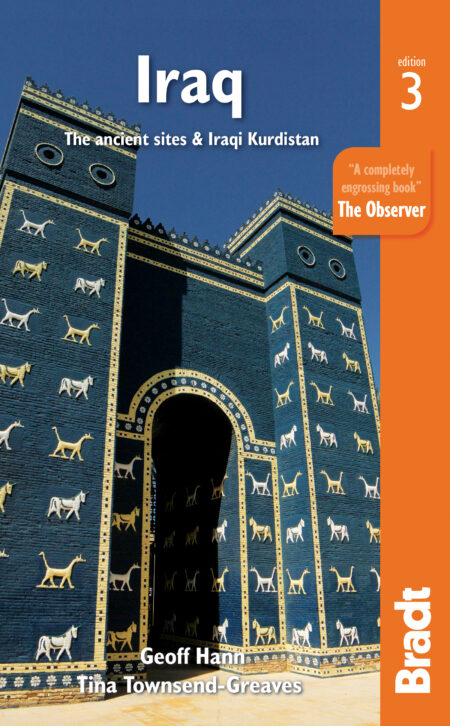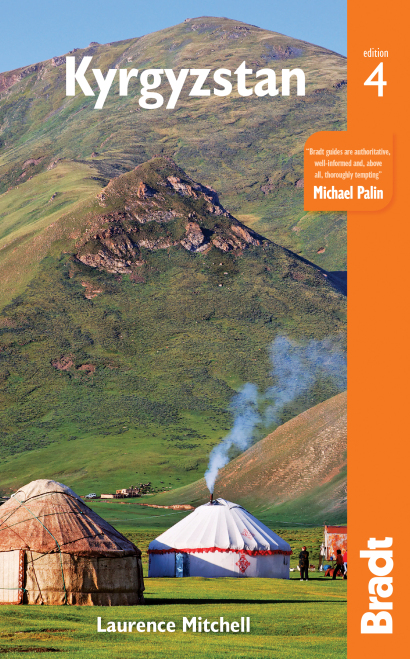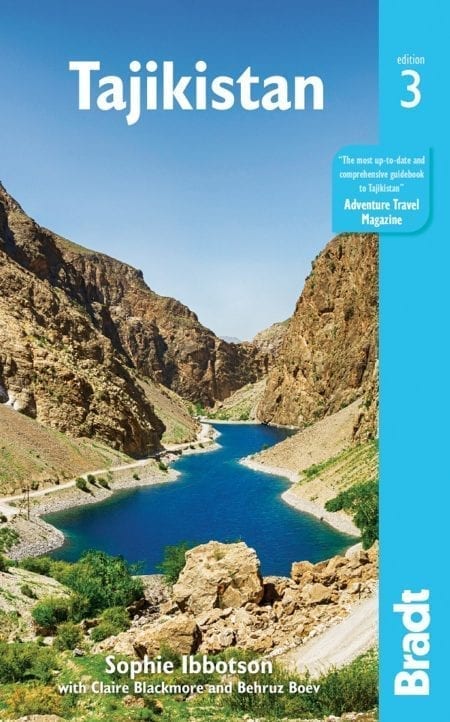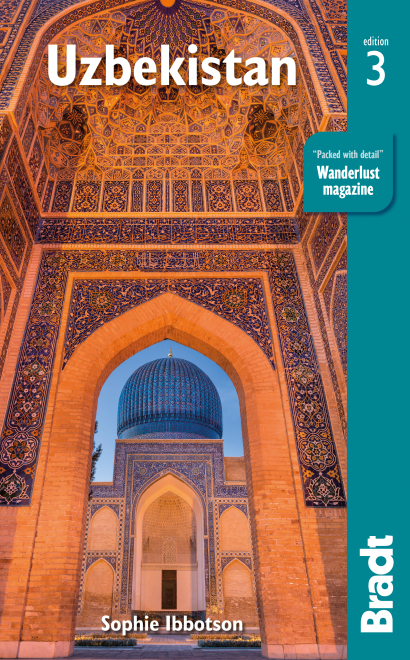The Silk Road is undoubtedly one of the most significant trade routes in history. At its peak, the network stretched from China right across to the Mediterranean, and connected people from different civilisations, religions and cultures through the trade of goods and ideas. Today, many of the great Silk Road cities remain scattered across the region and are home to some of the most impressive feats of architecture in the world.
Tash Rabat, Kyrgyzstan
One of the most impressive sites in the entire central Asian region, Tash Rabat is probably Kyrgyzstan’s most remarkable monument; indeed, its presence is in complete contradiction to the popular notion that Kyrgyzstan is all about landscapes rather than historical sites.
This small but perfectly formed 15th-century caravanserai once sheltered an array of merchants and travellers along one of the wilder stretches of the Silk Road, but its location is even more remarkable than its structure: tucked away from sight, half-buried in a hillside, up a valley at 3,530m above sea level.
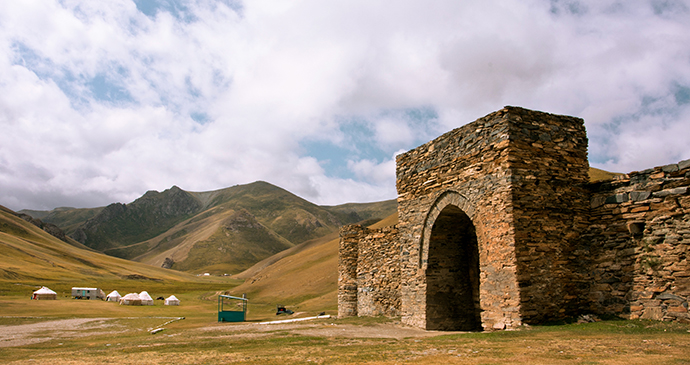
The building is entirely stone-built, half-sunken into the hillside from which it emerges almost organically like a rocky outcrop. It is a broad rectangle in shape, measuring 36m long but looking smaller from the outside because some of its internal structure lies beneath the hillside. The front entrance leads into a central hall that is surrounded by a network of small rooms, about 30 in all, which were used as bedrooms, prison cells, pantries and prayer rooms.
A dome stands above the central hallway and this still bears faint traces of plaster and decorative paintwork. Facing the entrance just beyond the dome is the khan’s seat, where the local ruler would have sat, and behind this is a small room that probably served as a gaol, as there are two deep, covered holes, one of which has been subsequently filled in, in which prisoners may have been confined.
Turkestan, Kazakhstan
This important Silk Road commercial centre is today home to Kazakhstan’s most impressive monument and most important pilgrimage site, the Timurid Mausoleum of Khoja Ahmed Yassaui.
The town’s origins lie in the settlement of Shavgar, which flourished in the 9th and 10th centuries as a centre for trade and handicraft production. Shavgar appears to have declined in the 12th century, in favour of Yassi, which was probably initially a suburb or satellite town. Yassi’s fortunes in turn were linked to the presence here of a revered Sufi mystic, Khoja Ahmed Yassaui, and became a place of pilgrimage on his death.
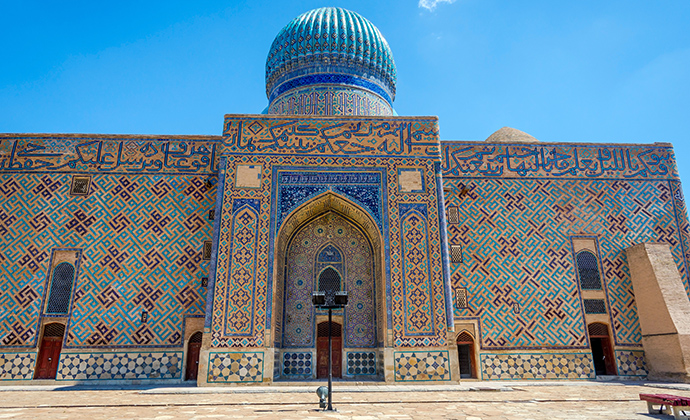
Undoubtedly the finest building in the country, this mausoleum makes for a stunning sight from every angle. Some 46m by 65m in plan, the building reaches a maximum height of 41m. The towering portal, dominated by the tall central arched niche, faces southeast. Its decoration was never completed and wooden timbers still protrude from square holes in the walls. A plaque on the façade records that the mausoleum has been included on the list of UNESCO World Heritage Sites.
Panjakent, Tajikistan
Located on the banks of the Zarafshan River, at a significant Silk Road crossroad, the ancient city of Panjakent was destined to grow and flourish. The Sogdians constructed an impregnable-looking fortress with walls 12m thick on a hill 4km east of the modern town, and it supported a thriving population of 5,000 people during the height of the silk trade. It was a melting pot of Silk Road cultures, with Zoroastrians, Buddhists, Manicheans and Nestorian Christians all making their unique contributions.
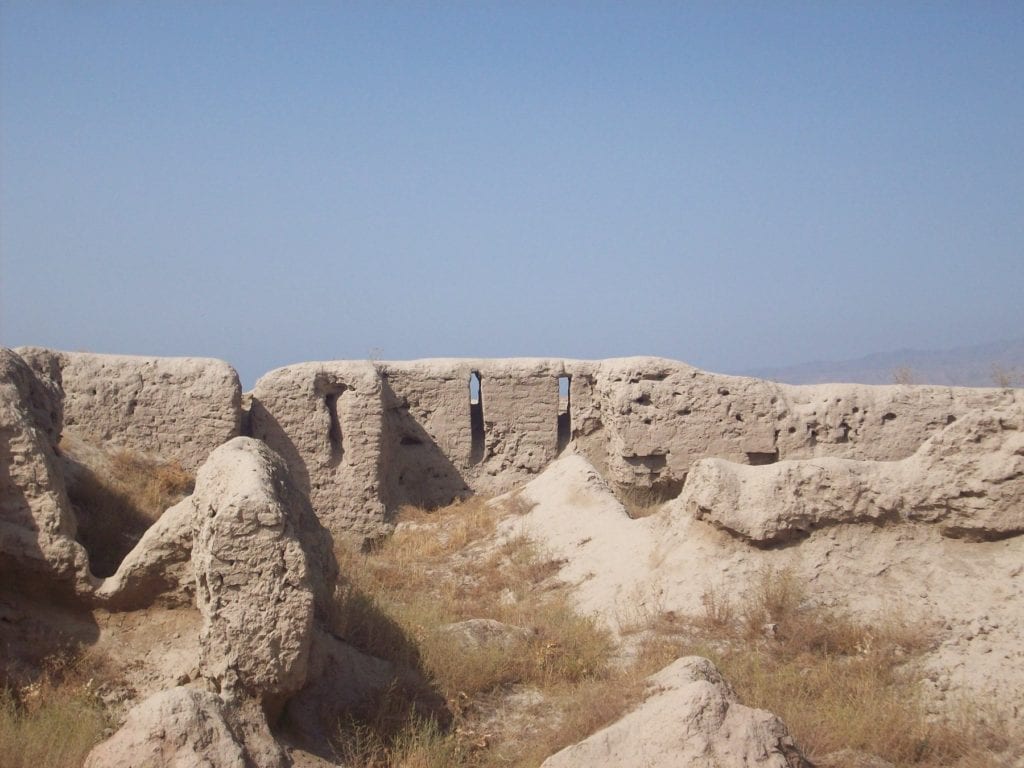
Today, although the modern town is a virtual ghost town, ancient Panjakent is remarkably preserved. Having been abandoned suddenly and never built over, it is still possible to walk the streets laid out much the same way as they were the day the Arabs came.
At its height in the 8th century, the city covered around 20ha, and about half of this area has been carefully excavated, with finds being removed to the National Museum in Dushanbe and the local Rudaki Museum. Most impressive among the buildings are the citadel on top of the hill overlooking the city, the necropolis, and the fine, once multi-storeyed buildings where the famous frescoes were discovered.
Bukhara, Uzbekistan
Uzbekistan is arguably the most impressive central Asian nation in terms of Silk Road sights, home to a trio of beautifully preserved cities awash with stunning mosques, madrassas and minarets.
And while Samarkand and Khiva both have their charms, they seem but pale mirages when you are standing alone on a late autumnal afternoon staring up at the Kalyon Minar, the most prominent sight on Bukhara’s skyline, with the vast and unbelievably sumptuous 16th-century Kalyon Mosque at your side.
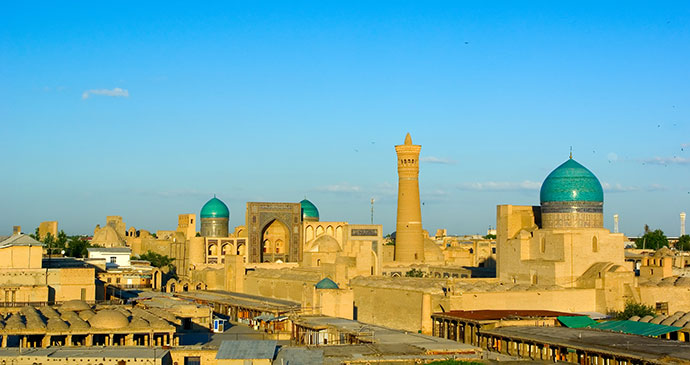
Situated at the crossroads between Merv, Herat and Samarkand, Bukhara was in a prime location to benefit from Silk Road trade. It was already flourishing by the 6th century BC when it was sacked by the Achaemenids, becoming a satrapy of the Persian Empire.
The evident wealth of Bukhara would in many ways prove a curse, attracting the unwanted attentions of Alexander the Great in 329BC, then the subsequent invasions of the Seleucids, Graeco-Bactrians and the Kushans. Today, though, its sites stand as tall and impressive as they did centuries ago, and a visit to this jewel of a city is a must for anyone with an interest in the Silk Road.
Merv, Turkmenistan
A significant capital for 2,500 years, Merv was one of the most important oasis cities of the Silk Road, and is among the major archaeological sites of central Asia. Declared a UNESCO World Heritage Site in 1999, Merv first became a significant centre under the Achaemenian Empire, and across the millennia which followed was a regional capital for a succession of controlling dynasties.
One of the most unusual features of Merv, and one of the reasons for its particular attraction for archaeologists today, is its character as what British scholar Georgina Herrmann describes as a ‘wandering city’.
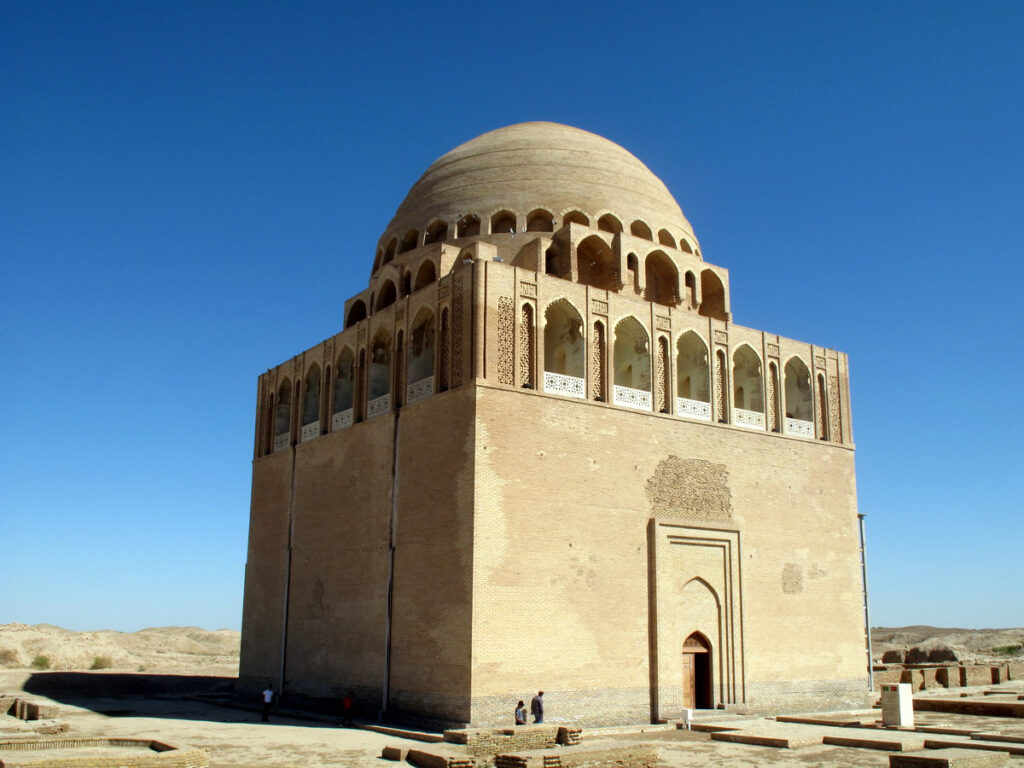
Merv is actually made up of five separate but near adjacent cities. In the geographically unconstrained flat plain of the oasis, and a historical context of continually shifting water-courses, new cities tended to be built alongside rather than on top of the old. The result is a series of easily discernible cities representing different historical periods, scattered across the arid plains to the north of Bayramaly.
Perpsepolis, Iran
More than any other ancient site in Iran, Persepolis (Takht-e Jamshid in Persian) embodies all the glory – and the demise – of the Persian Empire. It was here that the Achaemenid kings received their subjects, celebrated the new year and ran their empire before Alexander the Great burnt the whole thing to the ground as he conquered the world.
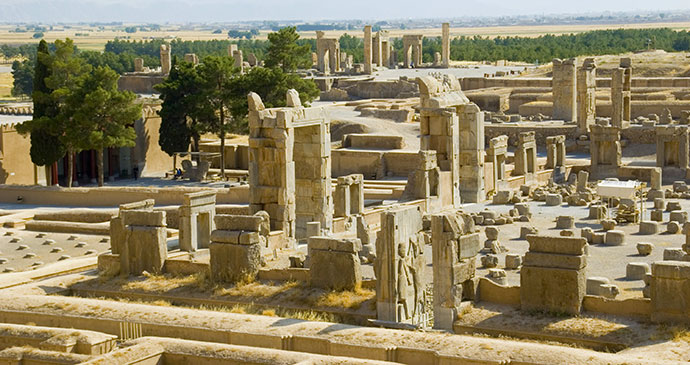
The complex consisted of military quarters, treasury stores, small private rooms and huge reception areas, but the exact function of the complex remains an intriguing mystery. On the evidence of low reliefs showing visitors bearing gifts, and lions attacking bulls (Leo ascendant over Taurus suggesting spring pushing winter away), many assume Persepolis was used once a year to celebrate Nou Rouz, the spring equinox.
Narikala Citadel, Tbilisi, Georgia
The Narikala Citadel was built in about 360 AD by the Persians (who called it Shuris-tsihke), expanded by King David the Builder and restored by Mustafa Pasha’s Turks in the second half of the 16th century, before being ruined by an earthquake in 1827.
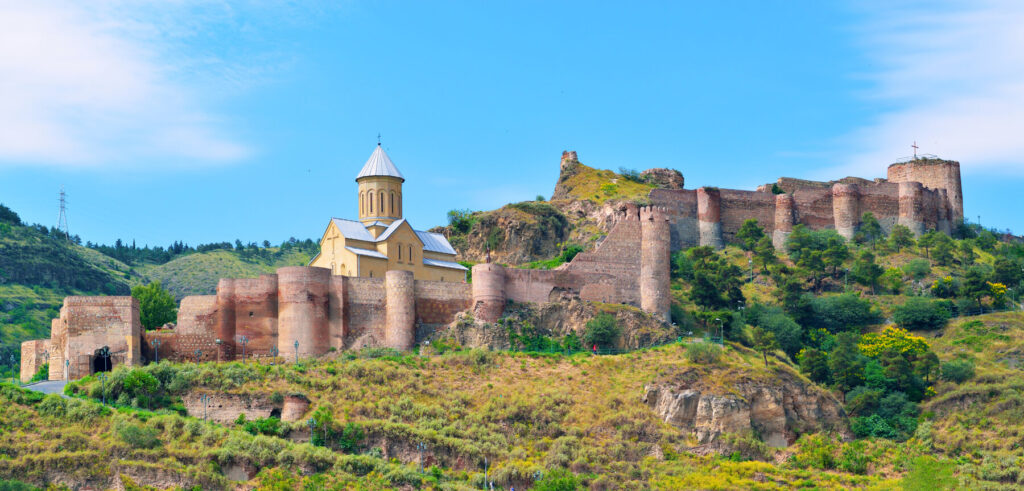
In the Georgian capital today – a city known for its distinctive and quirky architecture – Narikala is still one of the most iconic features of the skyline. While the fortress no longer acts as a means of defence, it remains an important place for local residents who flock to enjoy its quiet atmosphere and soak up impressive evening views of the city.
Yerevan, Armenia
Yerevan’s fortunes have waxed and waned considerably over time, and though it was never the capital of Armenia prior to 1918, as a recognisable settlement it is actually very old: Armenians celebrated the 2,800th birthday of Yerevan in 2018.
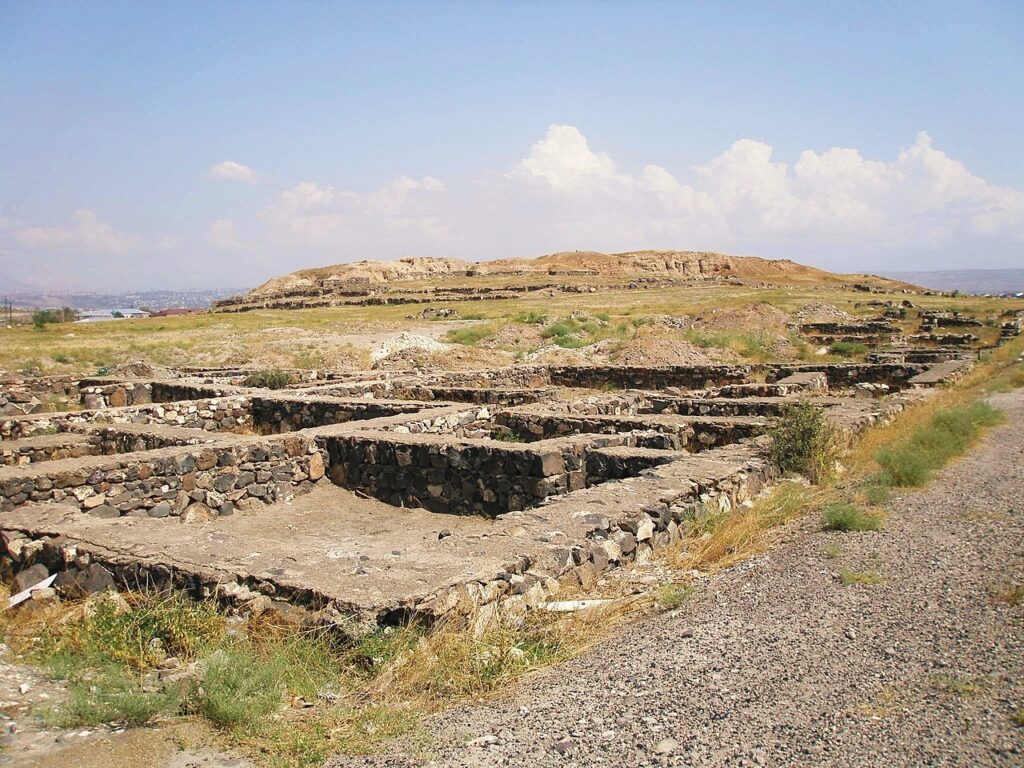
The site of Teishebai Uru to which the Urartian king Rusa II moved his capital from Erebuni in the 7th century BC is now known as Karmir Blur (Red Hill) or Teishebaini. Today there is not a lot to see apart from the bases of the massive megalithic walls which surrounded the citadel and evidence of some excavated buildings of the town, but the situation, on the edge of the gorge, is impressive. Walking around the hill not only gives an impression of how huge a city Teishebaini must have been but also affords excellent views of the gorge itself.
Erbil, Iraq
Erbil (known in Kurdish as Hewler, seat of the Gods) and today the home of one million people is one of the fastest growing cities in Iraq and the Middle East. The seat of government and power in Kurdistan, it is modernising and developing as a regional capital. The city has transformed itself and sets an example to the rest of Iraq with its cleanliness and modernity.A city home a number of impressive sights, Erbil’s citadel is perhaps the best of the bunch. Covering an area of 102,000m². It is a round construction built upon a 26m-high tel, a historic mound of many layers of historical settlements dating from ancient times.
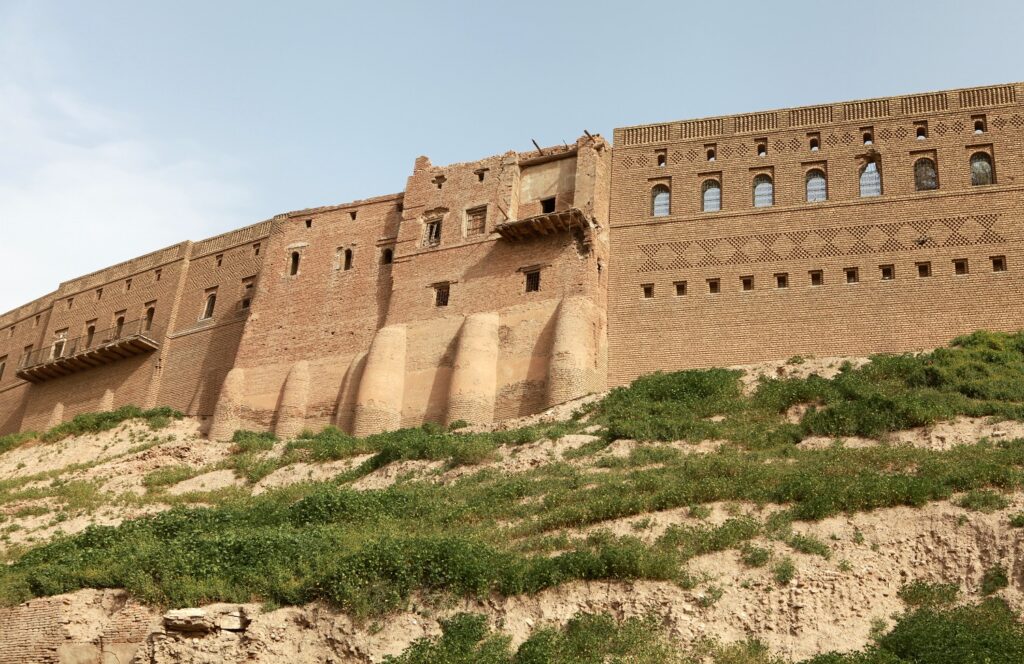
The first village was established here around the 6th millennium BC and has been continually inhabited ever since. The citadel has seen the reign of many historic civilisations, including Sumerian, Akkadian, Babylonian and Assyrian. Other powers, including the Achaemenids, Greek, Parthians, Seljuks, and Sassanids, also dominated the citadel before it was finally conquered by the Ottomans.
More information
Inspired to visit the Silk Road? Get trip planning with our comprehensive guides:
